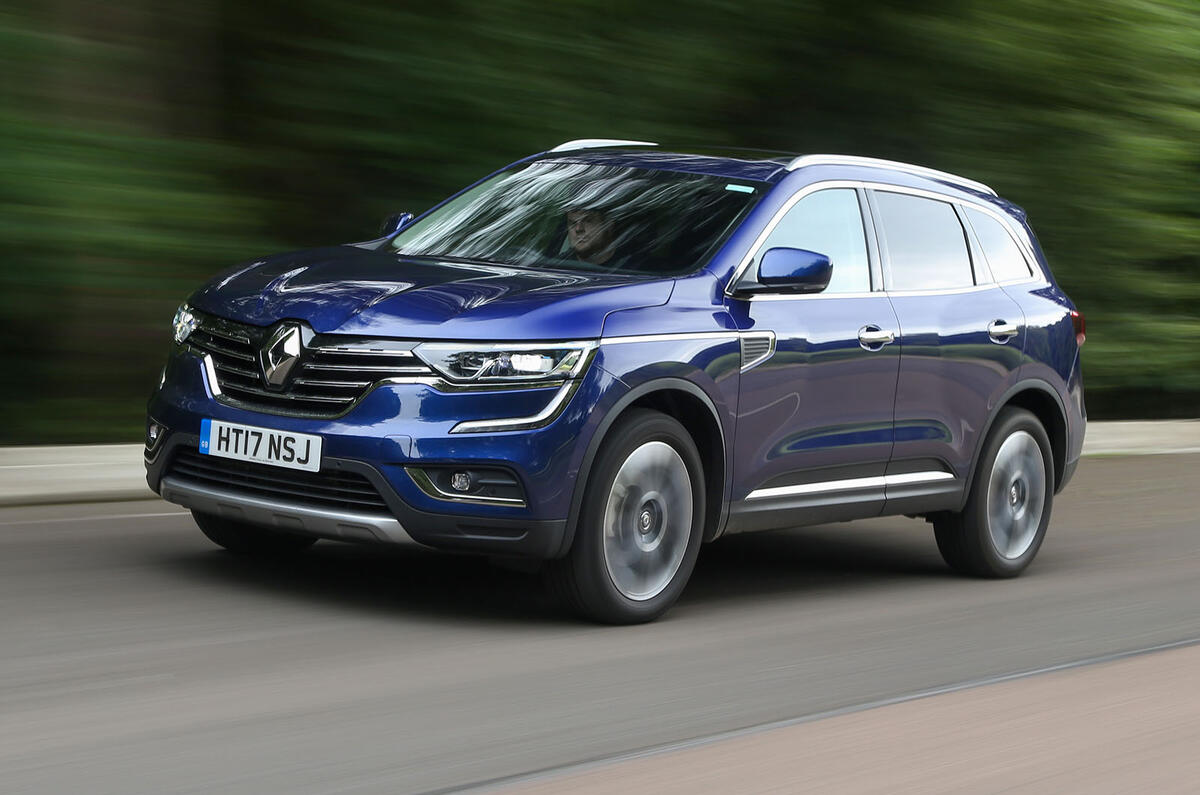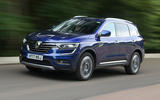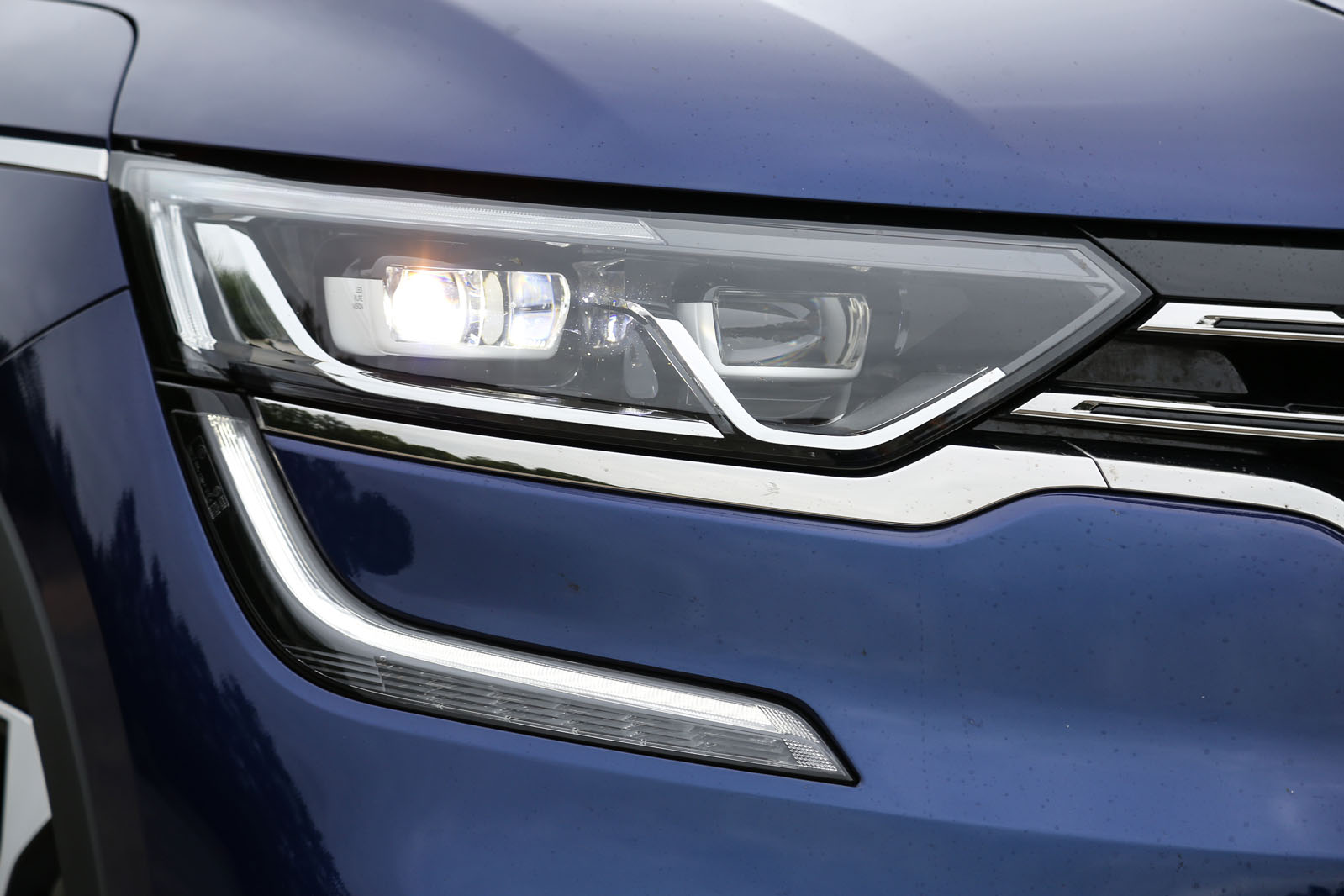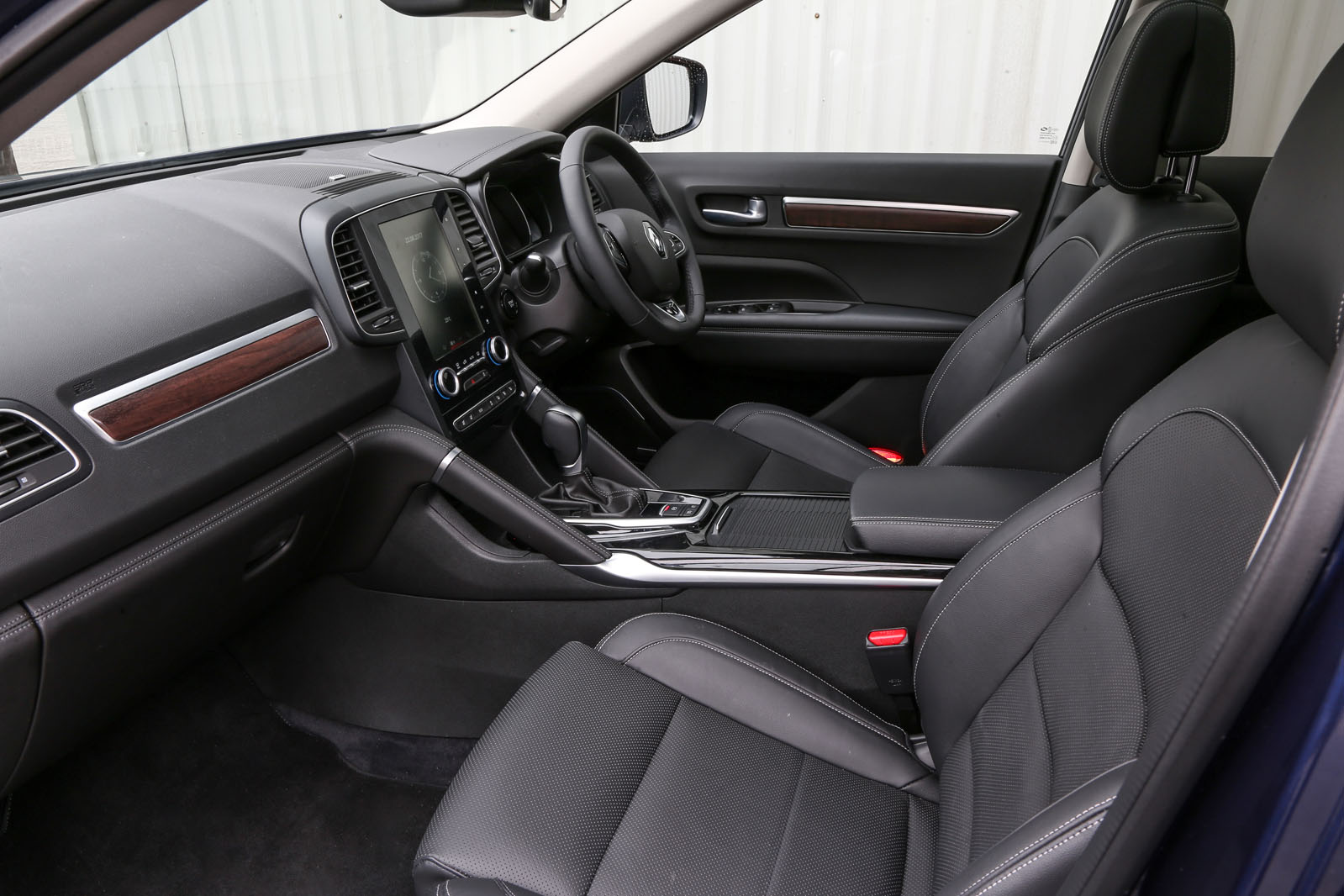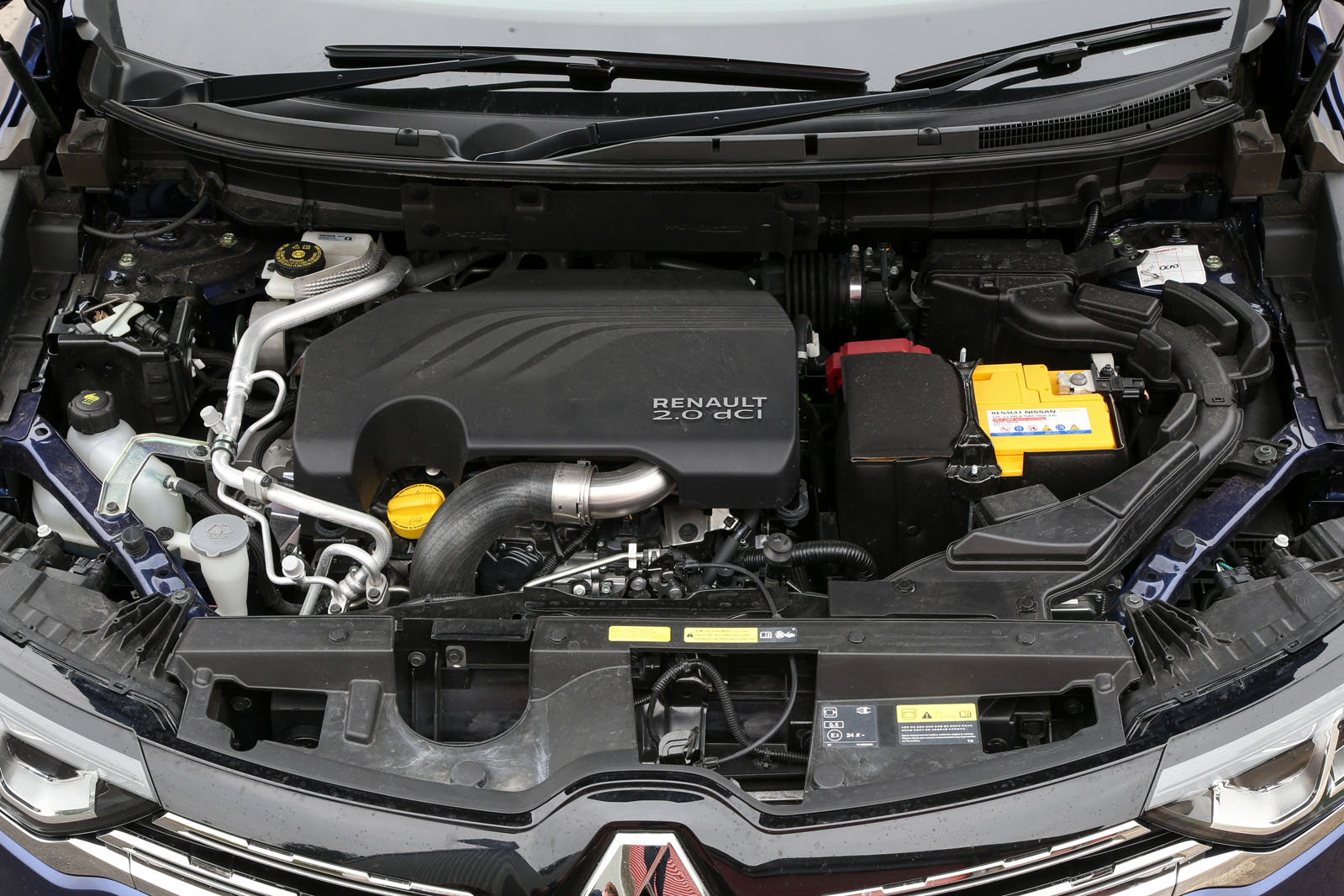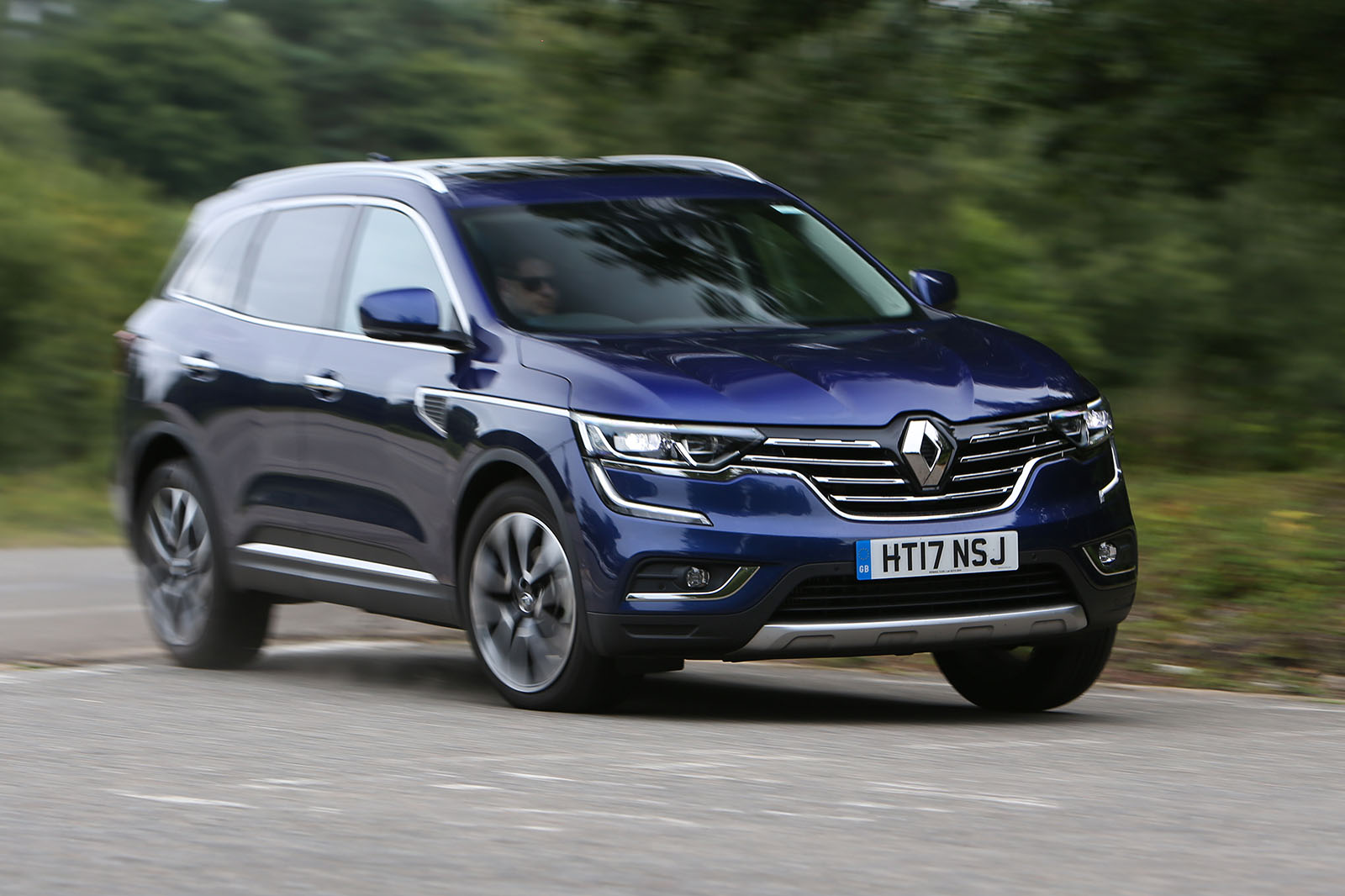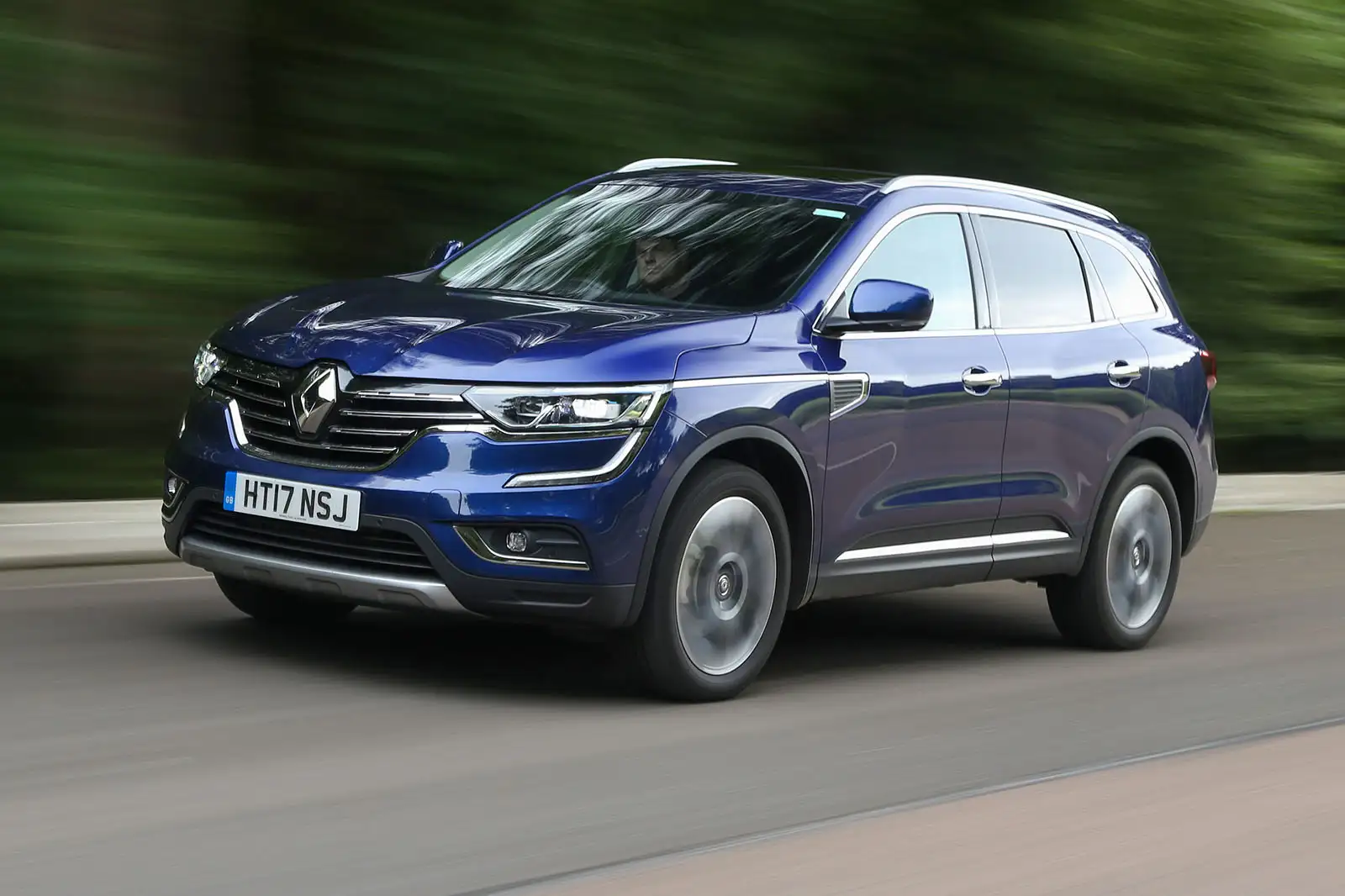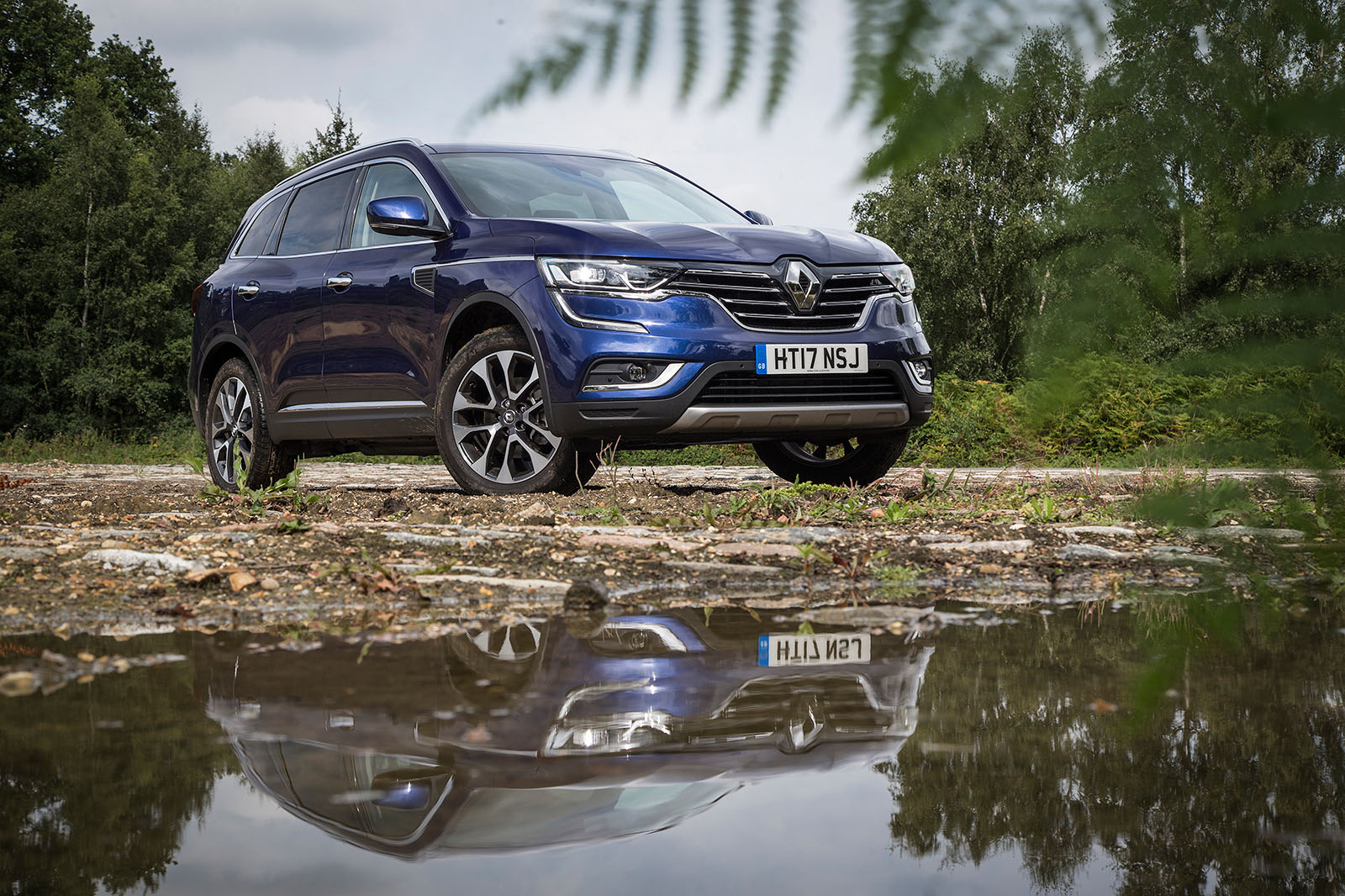The Koleos’s healthy external proportions are carried through to the cabin, so it is an appreciable step up from the space on offer in the Renault Kadjar.
Sacrificing the option of seven seats has contributed to the sense of spaciousness in the back, too. With no runners or third-row access mechanisms required, there’s plenty of room to mount the 60/40 bench a handsome distance from the front seats.
Renault claims it to be among the best in class as far as knee room is concerned and it feels that way. Only the very tall indeed will have to worry about making simultaneous contact with both the seat back and the conspicuous bulge of the standard panoramic roof.
Consequently, with a 579-litre boot behind, the Koleos feels like a crossover that’s capable of accommodating the whole family without the strain that starts to show on a C-segment contender.
Nevertheless, although they would be spaced at a courteous distance from one another, it is unlikely that any occupant would be moved to praise the encircling brand experience.
Renault’s attitude to interior design is nowhere near as progressive as its exterior styling, and despite a wall-to-wall coating of stitched artificial leather, the Koleos is uninteresting to look at and barely any more appealing to touch.
The portrait-orientated infotainment touchscreen is at the centre of the dashboard and at the heart of the car’s problems.
Renault’s efforts to sweep switchgear onto it has resulted in a sparse, rudimentary appearance to the fascia in places, while all too often impeding the model’s basic functionality. On-screen heating, ventilation and air-con (HVAC) controls, for example, are not to our tastes anyway, but by making the blower’s icon tiny (and therefore easy to miss), Renault has simply compounded the tediousness of pushing at it.
Meantime, the R-Link system itself maintains a painfully slow crawl towards respectability. Possibly the nicest thing to say about the second generation is that it’s better than the first — but that, nonetheless, fails to enable it to rise higher than middling in the broader industry pecking order.
In fairness, all of the right component parts are in place — DAB tuner, TomTom sat-nav, Bluetooth and voice control — but Renault just hasn’t made them particularly pleasant to look at or intuitive to use, and that’s more than half the battle.
The system’s basic functionality — the organisation of menus, the display’s rate of response and its distribution of on-screen ‘buttons’ — remains laboured and trying and it is probably in need of a clean-sheet approach if the manufacturer ever wants to make a proper virtue of its portrait orientation.
Our test car also had an optional £600 Bose sound system, which failed to leave a particularly good impression despite the presence of seven speakers and a digital amp.
These minor grievances are myriad. By the time you’ve added the Signature trim’s faux wood panel strips to the list of bugbears, it’s already abundantly clear that, for all the advantages of its size, the Koleos has fallen short of the high-grade ambience evinced by the Volkswagen Tiguan or the unimpeachable common sense of the Skoda Kodiaq.


